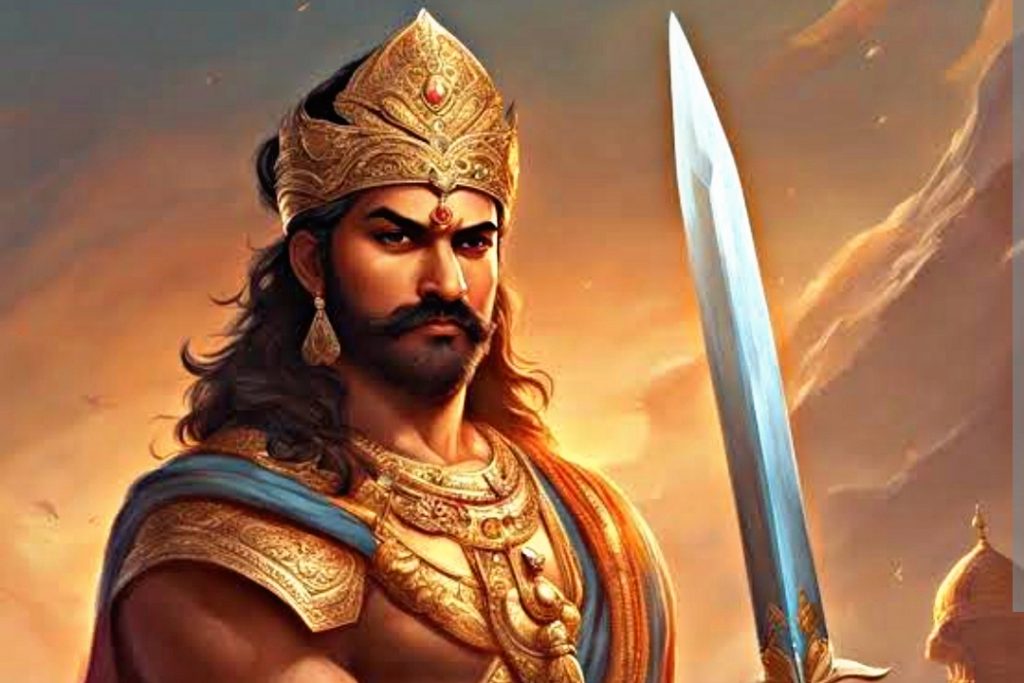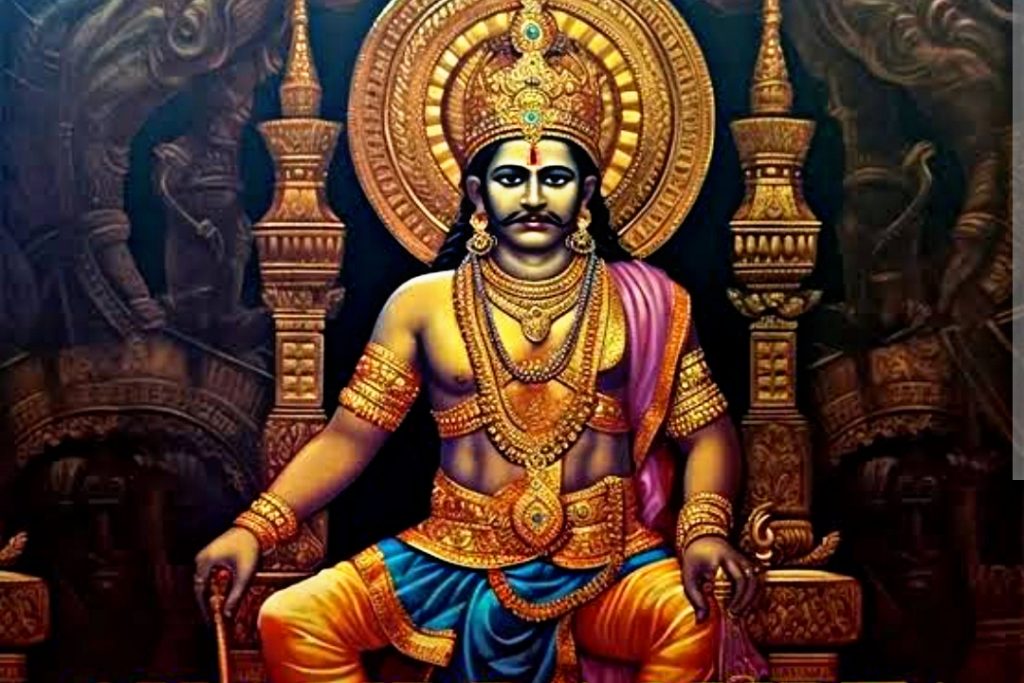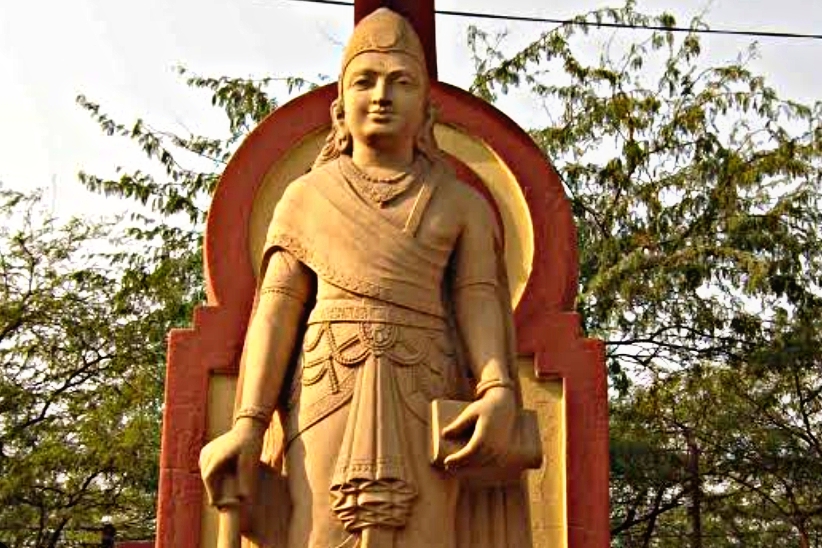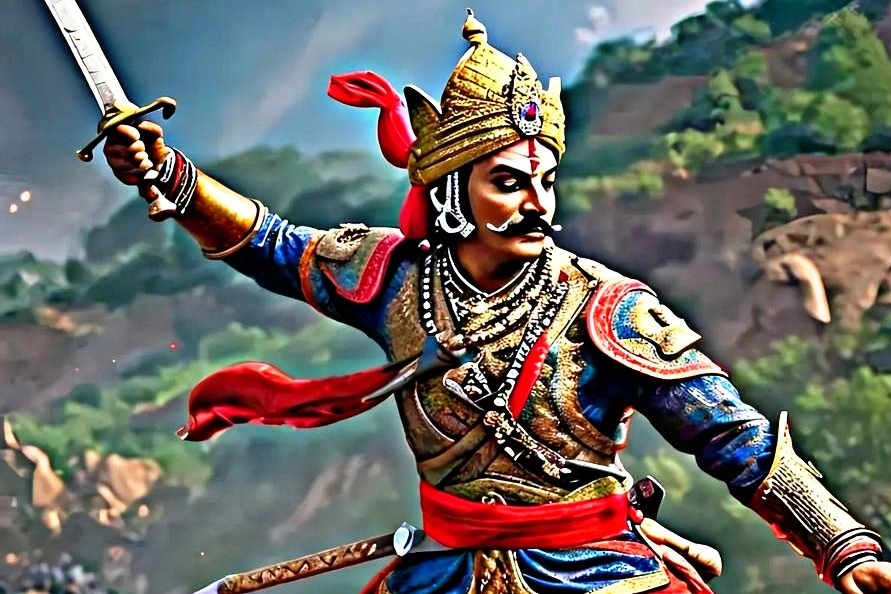Chandragupta Maurya, one of the most illustrious figures in Indian history, was the founder of the Maurya Empire, which became the largest and most powerful empire in ancient India. Rising from humble beginnings, his life is a tale of courage, ambition, and unparalleled determination. Under his leadership, India saw its first attempt at unification, with Chandragupta laying the foundations of a centralized government and building a legacy that has inspired generations.
This comprehensive account delves deep into the life of Chandragupta Maurya, his rise to power, his administration, conquests, and the eventual embrace of spirituality, presenting a detailed portrait of this legendary emperor.
The Early Life of Chandragupta Maurya
Chandragupta Maurya was born around 340 BCE, during a period of political upheaval and social transformation in India. His early life is shrouded in mystery, with sources offering varying accounts of his origins and upbringing.
Debates on Lineage
The origin of Chandragupta Maurya has been a topic of historical debate.
- Jain Traditions: According to Jain texts, Chandragupta was born into a Kshatriya family, tracing his lineage to the Moriya clan, which resided near Pipphalivana.
- Brahmanical Sources: Other accounts suggest that he was of humble origins, raised in a cowherd’s family after being abandoned as a child.
- Greek Sources: Greek historians, such as Justin, describe Chandragupta as coming from a lowly background but possessing remarkable ambition and intelligence.
Despite these differing accounts, Chandragupta’s early life was marked by hardship, which shaped his resilience and drive for greatness.
Meeting Chanakya: The Turning Point

A pivotal moment in Chandragupta’s life was his meeting with Chanakya (also known as Kautilya or Vishnugupta), a brilliant Brahmin scholar, economist, and strategist. Chanakya, humiliated by the Nanda dynasty’s ruler Dhana Nanda, vowed to overthrow the oppressive regime. Recognizing Chandragupta’s potential, he took the young man under his wing.
Training and Education
Under Chanakya’s tutelage, Chandragupta received rigorous training in statecraft, military tactics, and diplomacy. Chanakya also introduced him to the principles outlined in the Arthashastra, a treatise on governance, economics, and military strategy. This education prepared Chandragupta for his future role as a ruler and conqueror.
Chanakya’s mentorship not only honed Chandragupta’s natural talents but also instilled in him a sense of purpose: to unify India and create a just and prosperous state.
The Overthrow of the Nanda Dynasty
The Nanda dynasty, ruling over Magadha, was notorious for its oppressive taxation policies and despotic rule. Dhana Nanda, the last Nanda king, faced widespread discontent among his subjects, creating an opportunity for Chandragupta and Chanakya to challenge the regime.
Building an Army
Chandragupta and Chanakya began by assembling an army of loyal followers, including mercenaries, tribal groups, and peasants who were disillusioned with the Nandas. They strategically forged alliances with smaller kingdoms and republics in northern India.
Guerrilla Warfare
Using guerrilla tactics, Chandragupta’s forces launched a series of skirmishes against the Nandas, weakening their hold over Magadha. Over time, these attacks eroded the Nandas’ power, setting the stage for a final confrontation.
Victory in Pataliputra
Around 321 BCE, Chandragupta’s forces captured Pataliputra (modern-day Patna), the capital of the Nanda Empire. This victory marked the end of the Nanda dynasty and the establishment of the Maurya Empire, with Chandragupta as its first emperor.
Consolidation of the Maurya Empire

With the Nandas defeated, Chandragupta faced the monumental task of consolidating his empire, which stretched across vast and diverse territories. His early reign was marked by military campaigns, administrative reforms, and efforts to unify his realm.
Military Expansion
Chandragupta continued to expand his empire, incorporating regions in the northwest that had been under the control of Alexander the Great’s successors. His conquests included present-day Punjab, Sindh, and parts of Afghanistan and Baluchistan.
One of Chandragupta’s most significant military achievements was his victory over Seleucus I Nicator, one of Alexander’s generals.
Conflict with Seleucus
In 305 BCE, Seleucus attempted to reclaim the territories Alexander had conquered in India. Chandragupta’s forces decisively defeated Seleucus, forcing him to cede vast territories west of the Indus River.
The peace treaty between the two rulers resulted in:
- The marriage of Seleucus’s daughter to Chandragupta, symbolizing a diplomatic alliance.
- Chandragupta gifting Seleucus 500 war elephants, which later played a crucial role in Seleucus’s campaigns in the west.
This victory solidified Chandragupta’s control over northern India and established the Maurya Empire as a dominant power in the region.
Governance and Administration
Chandragupta Maurya’s genius lay not only in his military conquests but also in his administrative capabilities. He created a centralized and efficient system of governance that became a model for subsequent Indian empires.
Centralized Administration
Chandragupta divided his empire into provinces, each governed by a viceroy or governor appointed by the emperor. These provinces were further divided into districts and villages, ensuring effective administration at the grassroots level.
Economic Policies
The Mauryan economy thrived under Chandragupta’s rule. Key aspects of his economic policies included:
- Agriculture: The state played a central role in land management, collecting taxes from farmers and ensuring food security.
- Trade and Commerce: Chandragupta’s empire controlled critical trade routes, facilitating commerce with regions as far as Persia, Central Asia, and the Mediterranean.
- Infrastructure Development: The construction of roads, irrigation systems, and trade centers boosted economic growth.
Revenue System
A well-structured taxation system ensured a steady flow of resources to the state. Taxes were levied on land, trade, and other economic activities, funding the empire’s administration and military.
Law and Order
Chandragupta established a robust legal system, with courts at various levels to ensure justice. The emperor himself acted as the highest authority in judicial matters.
Society and Culture During Chandragupta’s Reign

Chandragupta’s reign was a period of cultural integration and social progress. The empire’s diversity fostered the coexistence of various traditions, languages, and religions.
Religious Tolerance
Chandragupta’s administration was marked by religious tolerance. While Hinduism remained a dominant force, other faiths, including Jainism and Buddhism, flourished under his rule.
Cultural Advancements
The Maurya Empire became a hub of cultural and intellectual activity. Art, literature, and architecture thrived, reflecting the empire’s prosperity and cosmopolitan character.
Chandragupta’s Spiritual Transformation
In his later years, Chandragupta experienced a profound spiritual awakening, influenced by the teachings of the Jain monk Bhadrabahu.
Renunciation of the Throne
Around 297 BCE, Chandragupta abdicated the throne in favor of his son, Bindusara, and dedicated himself to a life of asceticism.
Journey to Shravanabelagola
Chandragupta traveled to Shravanabelagola in present-day Karnataka, where he practiced rigorous Jain asceticism. According to Jain tradition, he undertook Sallekhana (a ritualistic fast unto death) and attained liberation.
Legacy of Chandragupta Maurya
Chandragupta Maurya’s legacy is one of resilience, ambition, and visionary leadership. He was the first ruler to unify most of the Indian subcontinent under a single administration, laying the foundation for centuries of prosperity and cultural development.
Influence on Indian History
Chandragupta’s achievements inspired future generations of rulers, including his grandson Ashoka the Great, who carried the Mauryan legacy to new heights.
Symbol of Unity
Chandragupta’s empire demonstrated the possibility of uniting India’s diverse regions, a vision that continues to inspire leaders in modern times.
Conclusion: Chandragupta, the Founder of a Great Empire
Chandragupta Maurya’s life is a remarkable saga of ambition, courage, and transformation. From his humble beginnings to the establishment of India’s first great empire, his journey is a testament to the power of vision and determination.
His contributions to governance, military strategy, and cultural integration left an indelible mark on Indian history. Chandragupta Maurya’s legacy as a unifier, reformer, and visionary leader ensures his place among the greatest figures in world history.

